This Buzzy Designer Wants to Make Clothes That Bring You Joy
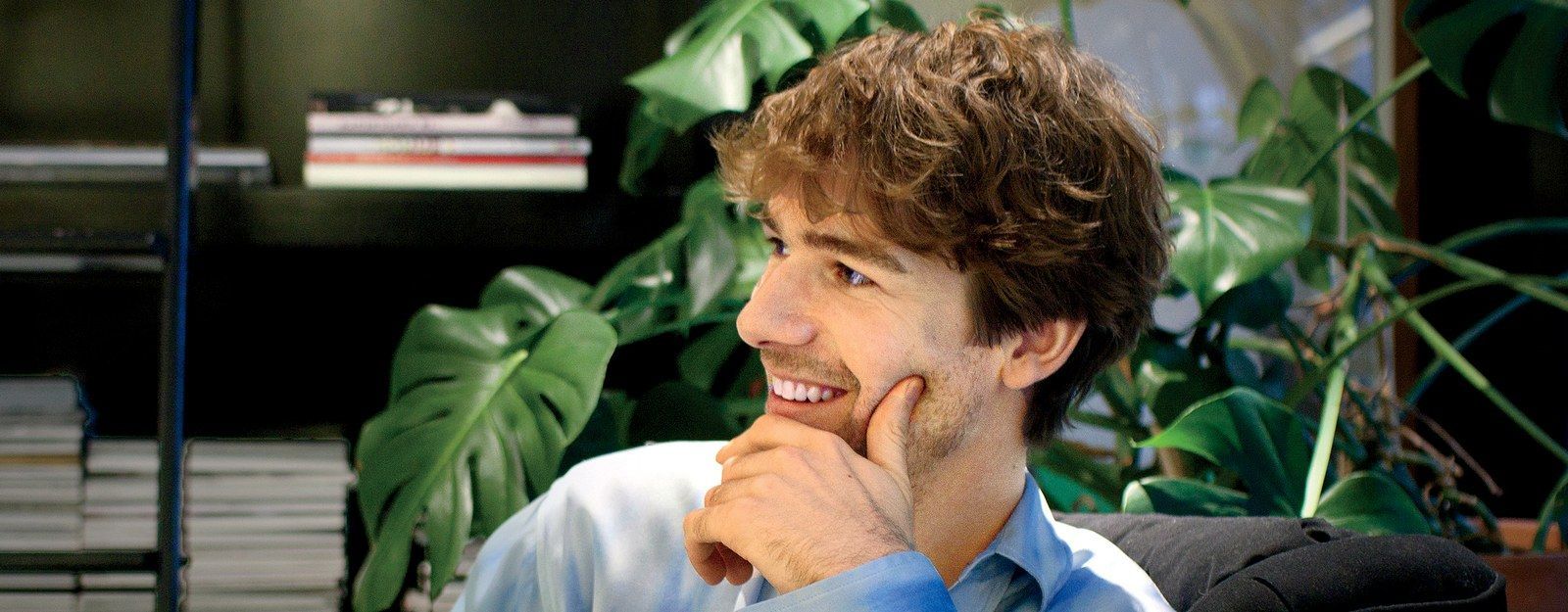
“What do I look like? I haven’t even looked at myself today,” jokes designer Sander Lak, 34, before Glamour’s photo shoot. It’s this laissez-faire attitude cut with no-B.S. honesty that he funnels into his work as creative director of Sies Marjan, the breakout brand that, in just two years, has developed a following that includes Beyoncé, Zendaya, and Millie Bobby Brown.
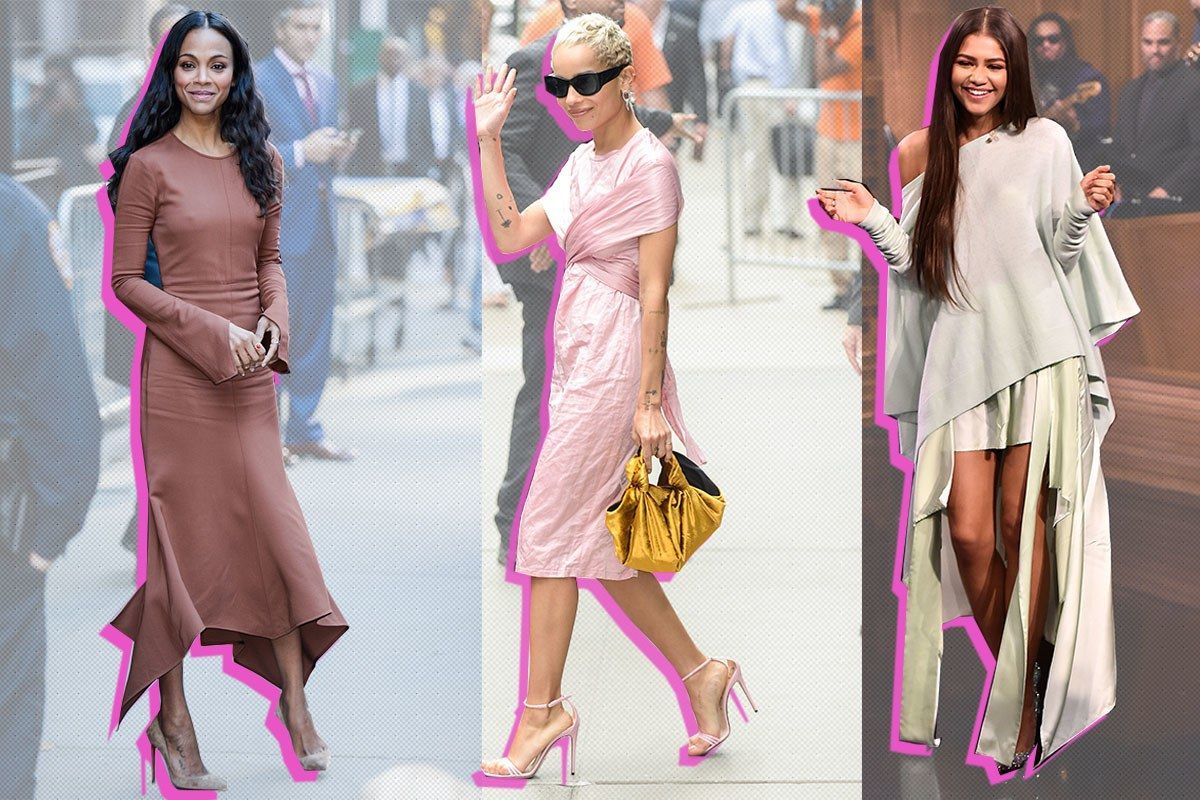
Sies Marjan (a combination of the first names of Lak’s mother and father, and pronounced “seez mar-john”) features mood-boosting colors and natural, flowing fabrics—choices that feel especially radical at a time when the news can seem bleak. Yet the designer cautions against reading too much into the contrast. “I try to make stuff that has a lot of emotion and consideration, but it’s hard to pinpoint one thing. It’s about so many things,” says Lak, who was born in Brunei and raised in Holland (and has also lived in Malaysia, Africa, Scotland, France, and Belgium). Intentional or not, he has been changing the fashion landscape: For his spring 2018 show, he showed women’s wear and menswear together (“I don’t see that as a statement about gender fluidity; I just look at what I like and I wear it”) and sparked headlines by casting a trans model in the show (“I didn’t know until the day after we booked her, [but] it was like, Why are we still having this conversation?”).
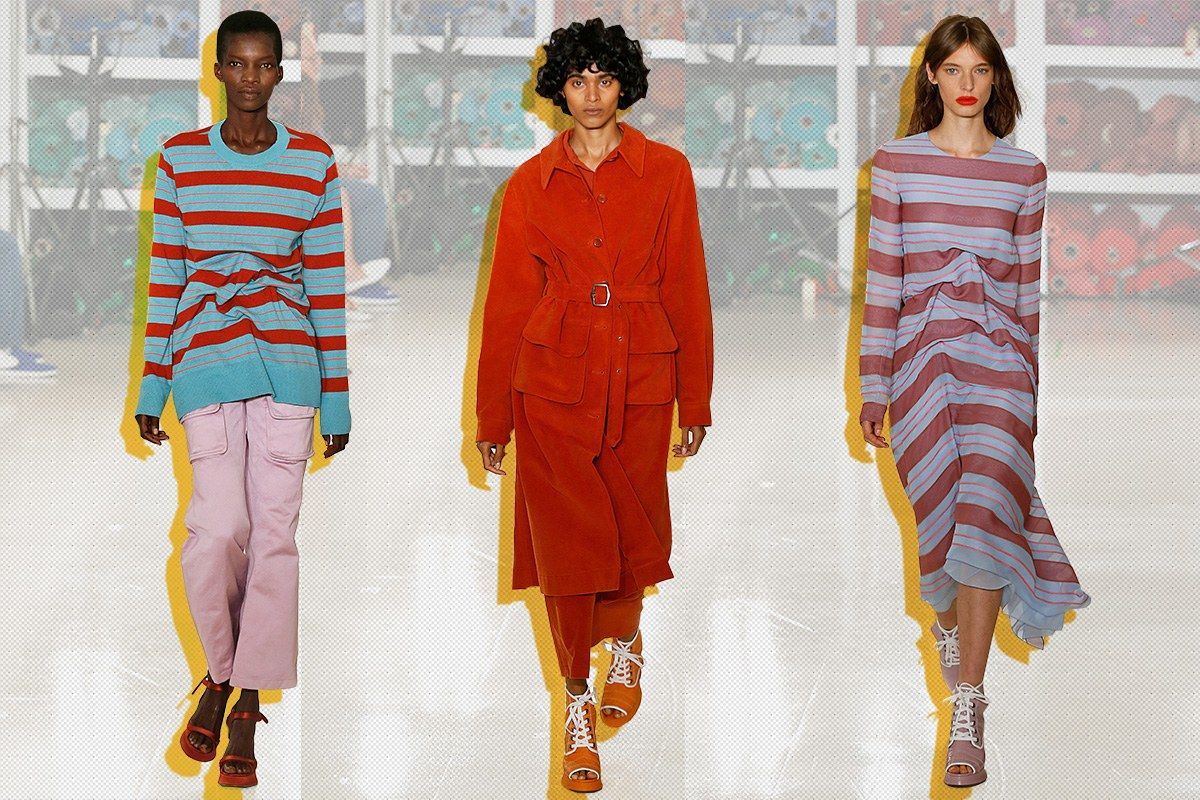
Behind the scenes, Lak says, he’s applied that same “this is a no-brainer” approach to building his company’s corporate culture. “We have 30 employees of all ages and nationalities, who are paid the way they should be paid, who have a work-life balance,” he says. “The fashion industry can be harsh and unforgiving, so I’m really proud of our own little world, our family.” This season marks the third anniversary of the brand—we sat down to find out how he’s keeping up with it all.
GLAMOUR: Before moving to New York in 2015, you were designing for Dries Van Noten in Paris. What was it like coming here? Was that a risk for you?
Sander Lak: I’ve always taken risks. I think, What’s the worst that can happen? I didn’t think [moving to New York] was a big thing that would change my life. Maybe I should have! I was just like, “This sounds like a great challenge.”
GLAMOUR: How is the New York fashion scene different from Europe’s?
SL: Paris is very much about exclusivity, whether you’re at the right [fashion] house. In America people are really excited about something new. Things move really fast here, which is great when you start a new business. I would’ve done the exact same thing in Europe, but it would have definitely taken longer to get to where we are now.

GLAMOUR: You have your own atelier [design and production workshop] here, which is customary in Europe but rare in America.
SL: I need to see the clothes being created from start to finish. I need to be able to pull it off the machine and change the color of the thread or the finishing of the inside. There’s only so much you can get out of a technical drawing you send out [to a factory to be made]—there’s no love. It’s a little hippie-dippie to talk about it in that way, but it’s true. Plus, that way, 75 percent of Sies Marjan is produced in America. It would be great to get to 100 percent.
GLAMOUR: Sies Marjan quickly became known for its use of color. Why is that important to you as a designer?
SL: I’ve always worn a lot of colorful things. It’s something that’s so natural to me that it’s like speaking a language. I love that you can play with color to reflect or shift the mood you want to be in—and the mood of other people. We hand-make all our colors instead of picking them from a color card. For the last collection we “milked” colors, instead of watering them down, so that they looked creamy, like a milkshake. For fall 2018 we added cocoa powder or chocolate syrup to darken them.
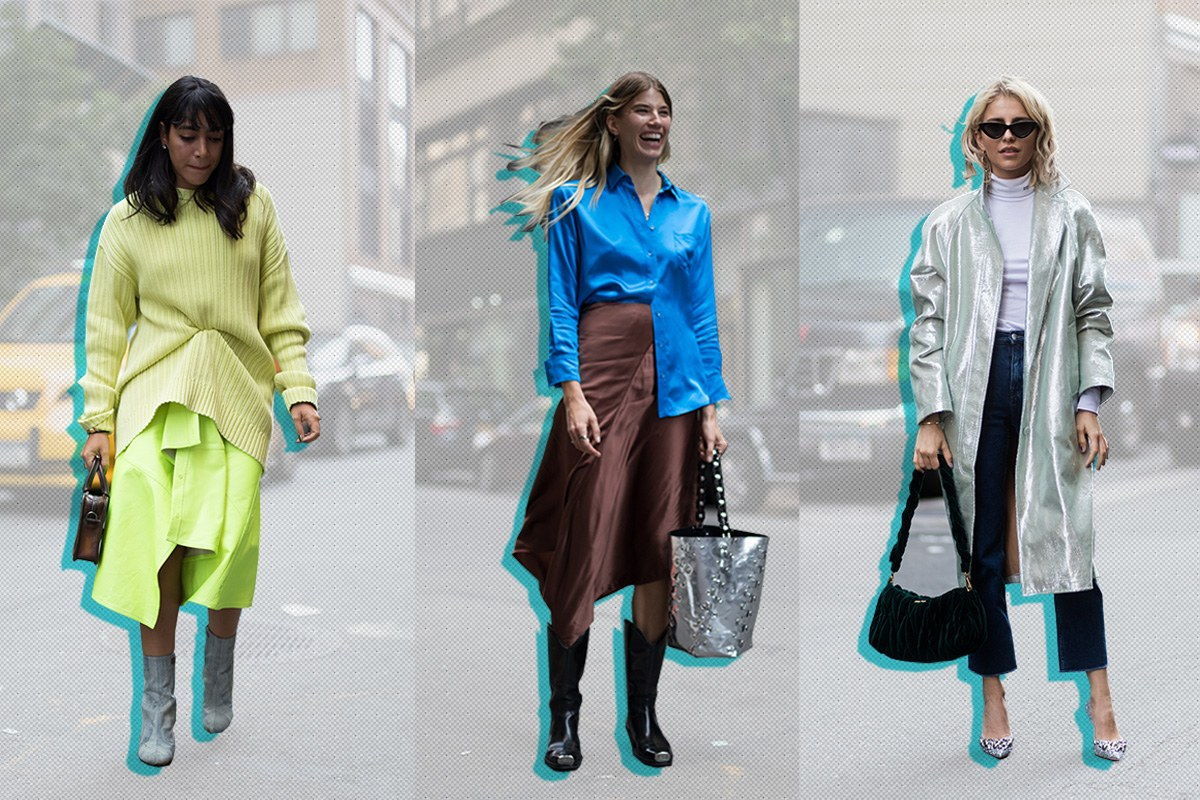
GLAMOUR: Any weird sources for color inspiration?
SL: There are so many! The colors from the Baskin-Robbins logo, the Post-it yellow, a strawberry milkshake. The other day someone came in with a plastic shopping bag from a bodega around the corner and it had a weird logo with a color I really liked, so I went to the store and got more of the bags to [reference].
GLAMOUR: You use vintage clothes for inspiration as well.
SL: There’s this odd idea people have that every design has to reinvent the wheel. First of all, there’s no time! Second, everything has been invented in fashion. You can draw from vintage design. People are very secretive about it, but that’s bullshit. A pant is just a pant—you don’t have to reinvent the pant! It’s all about the elements you add to it, the fabrication, the details, the inside of the garment.
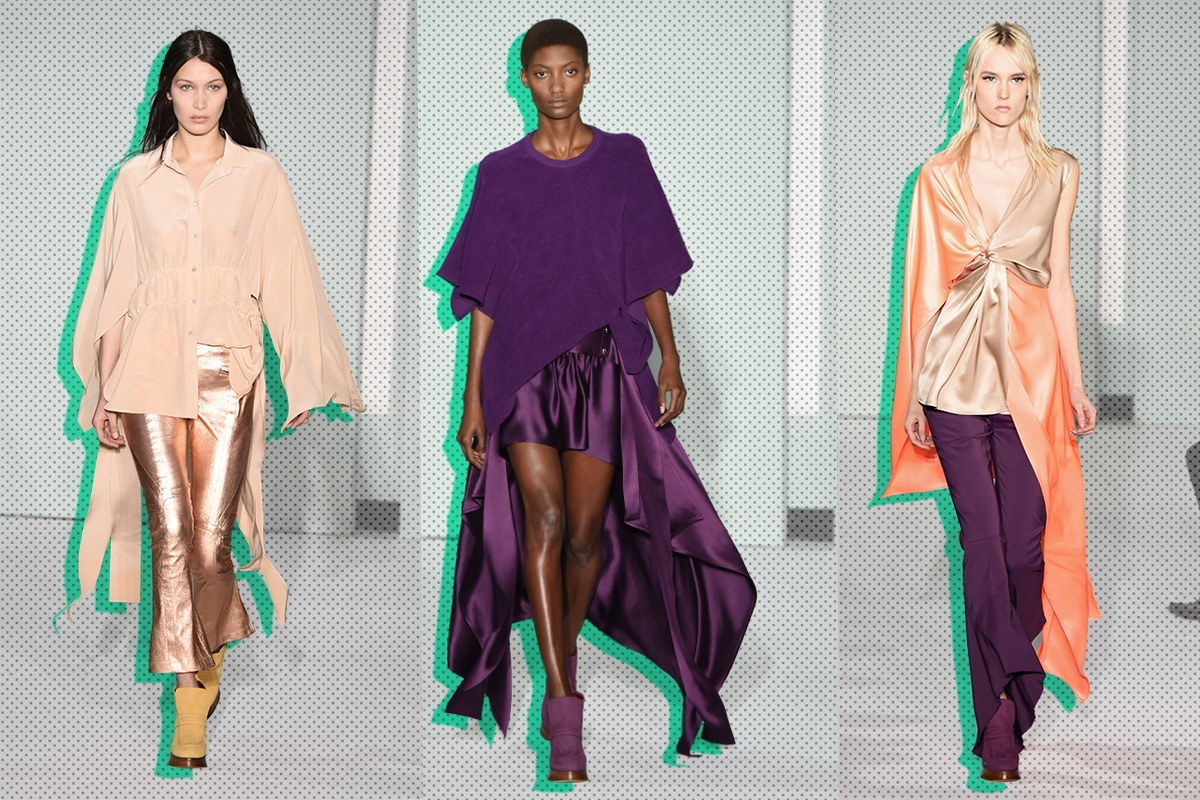
GLAMOUR: Your collections evoke happiness and optimism—was that an intentional response to everything that’s happening politically?
SL: I’m not the person to put a slogan on a T-shirt that tells people what they should be thinking. I’m not a politician. [But] because of the situation that we are all in, everything is somehow about politics. I try to make clothing that has a positive outlook. Our brand makes people happy, and I think it’s the political climate that makes them more sensitive to that feeling. That’s what I love about fashion: It’s a reflection of the time we live in.
Andrea Cheng is a fashion writer based in New York City.
Header photo by Lexie Moreland. Slide images courtesy of Getty.

